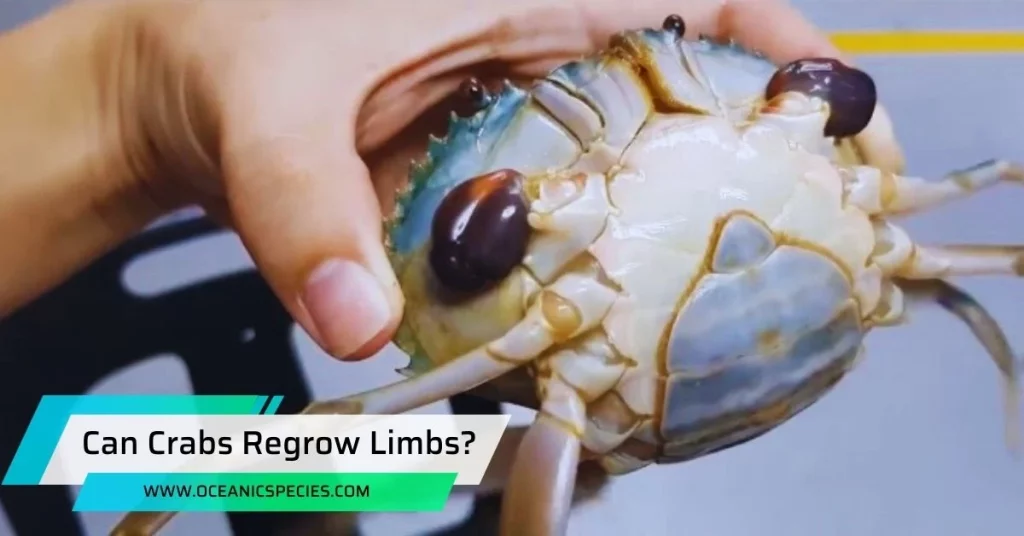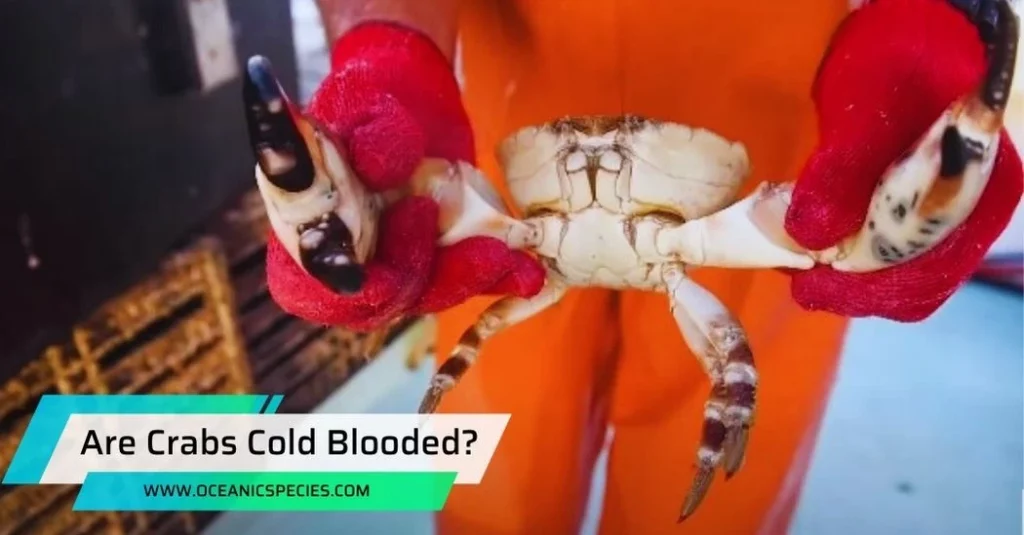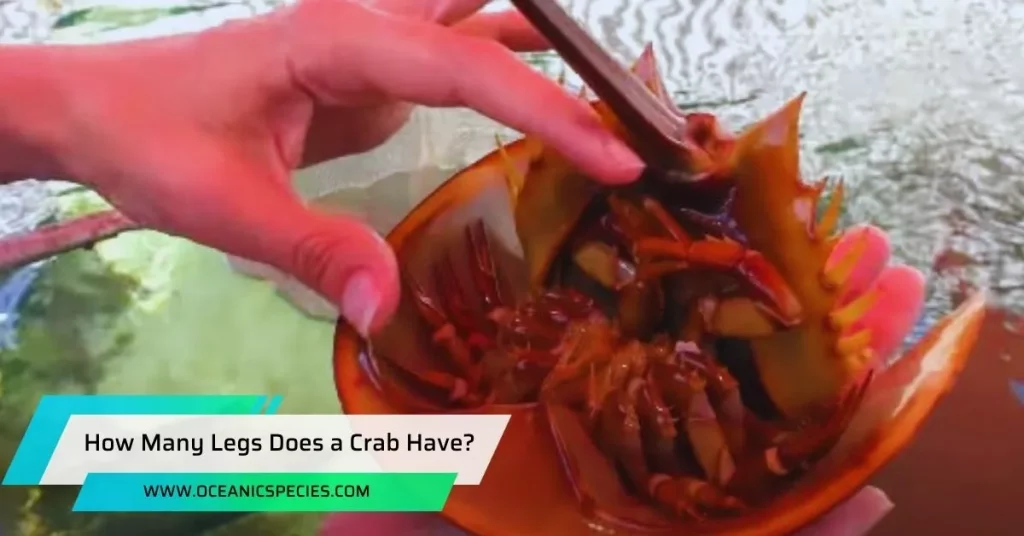Crabs can regenerate limbs, allowing them to grow new ones in place of lost or injured ones. This unique ability sets them apart from humans and many other animals who cannot regenerate limbs.
Understanding The Regenerative Abilities Of Crabs
Unlike humans, crabs can shed an injured leg and grow a new one in its place, allowing them to adapt and survive.
Let’s delve into the fascinating process of limb regrowth in crabs and explore the factors that contribute to their regenerative abilities.
The Unique Regeneration Process Of Crabs
Crabs have a distinctive regrowth process that sets them apart from other animals. Here are some key points to understand about how crabs regenerate their limbs:
- Molting plays a crucial role: When a crab needs to regrow a lost limb, the first step in the process is a molt. During molting, the crab sheds its exoskeleton, allowing for the growth of a new one. This molting process enables the regeneration of lost limbs.
- Specialized cells are involved: Within the crab’s body, there are specialized cells called blastemal cells that are responsible for the regrowth of lost limbs. These cells have the remarkable ability to differentiate into various types of cells needed for limb regeneration. They contribute to the formation of new muscle, nerve, and connective tissue, allowing for the complete regrowth of the limb.
- Regeneration varies among species: Different species of crabs have varying regenerative abilities. While some crabs can regrow their limbs fully, others might only regrow a partial limb or develop a smaller, less functional structure in its place. The extent of regeneration depends on factors such as species, age, and the specific circumstances of limb loss.
Exploring The Factors That Contribute To Limb Regrowth
Several factors contribute to the regrowth of limbs in crabs. Here are some essential points to consider:
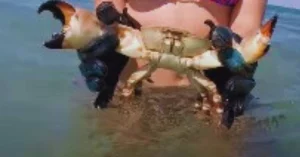
- Age: Younger crabs tend to have a higher regenerative capacity compared to older individuals. As crabs age, their regenerative abilities may decline.
- Nutrition: Adequate nutrition is crucial for the regenerative process. A well-balanced diet that provides essential nutrients, vitamins, and minerals supports the growth and development of new tissue during limb regrowth.
- Environmental conditions: External factors, such as temperature, salinity, and water quality, can influence the regenerative abilities of crabs. Optimal environmental conditions create an ideal environment for efficient limb regrowth.
- Genetic factors: The regenerative abilities of crabs can also be influenced by genetic factors. Some species may have a greater innate capacity for limb regrowth, while others may have genetic limitations that affect the extent of regeneration.
The Science Behind Crab Regeneration
Crabs have the remarkable ability to regenerate their lost limbs. Through a process of molting, crabs can regrow their limbs over time, a feat that humans unfortunately cannot achieve.
Examining The Biology Of Crab Limb Regeneration:
Crab limb regeneration is a fascinating biological phenomenon that has piqued the curiosity of scientists for years. Here, we will delve into the intricate details of how crabs regrow their limbs and explore the mechanisms behind this remarkable ability.
Crabs possess a unique ability to regenerate lost limbs and claws. When a crab loses a limb due to predation or injury, it can regrow a fully functional limb over time.
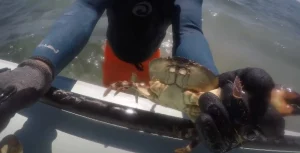
The process of crab limb regeneration starts with the formation of a specialized structure called a blastema at the site of injury. The blastema consists of a group of cells that have the potential to develop into various types of tissues, including muscles, nerves, and exoskeleton.
The cells in the blastema undergo a process called dedifferentiation, where they revert to a less specialized state, allowing them to proliferate and differentiate into different cell types needed for limb regrowth.
The regeneration process is regulated by a complex interplay of molecular signals, including growth factors and transcription factors. These signals control the expression of specific genes that are responsible for directing the regeneration process.
During the regenerative process, crabs undergo multiple molting cycles, shedding their exoskeletons to accommodate the growth of the regenerating limb. Each molt allows the crab to grow a larger and more developed limb.
Interestingly, the regrown limb is not an exact replica of the original limb. While the functionality is restored, there may be slight differences in size and shape compared to the original limb.
Unraveling The Mechanisms And Cellular Processes Involved:
Understanding how crabs regenerate limbs requires a closer look at the cellular processes and mechanisms that underlie this remarkable ability. Here are some key points to consider:
- Dedifferentiation: When a crab loses a limb, the cells at the site of injury undergo dedifferentiation, reverting to a less specialized state. This allows them to divide and give rise to the different cell types needed for limb regrowth.
- Cell Proliferation: The dedifferentiated cells rapidly multiply to form a cluster known as the blastema. These cells have the remarkable ability to differentiate into the various tissues required for limb regeneration.
- Cell Differentiation: The cells in the blastema undergo a process of redifferentiation, where they transform into specific cell types such as muscle cells, nerve cells, and exoskeleton cells. This differentiation process is tightly regulated by molecular signals.
- Molecular Signaling: The regeneration process is governed by a complex network of molecular signals. Growth factors, such as fibroblast growth factors (FGFs) and transforming growth factor-beta (TGF-beta), play crucial roles in controlling cell proliferation, differentiation, and tissue regeneration.
- Extracellular Matrix Remodeling: The extracellular matrix, which provides structural support to cells, undergoes remodeling during limb regeneration. This remodeling process facilitates the growth and integration of newly formed tissues.
Factors Affecting Crab Regeneration
Crabs have the remarkable ability to regenerate lost limbs through a process called molting. After their limb is injured, the crab sheds its exoskeleton and grows a new limb during the molting process, allowing them to regrow their limbs.
Investigating The Influence Of Environmental Factors:
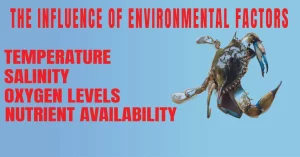
- Temperature: Research suggests that temperature plays a crucial role in crab limb regeneration. Higher temperatures stimulate faster regeneration, while lower temperatures may slow down the process.
- Salinity: Salinity levels in the water can also impact crab regeneration. Optimal salinity conditions promote better limb regrowth, while extreme salinity levels may hinder the process.
- Oxygen Levels: Sufficient oxygen levels are essential for the successful regeneration of crab limbs. In environments with low oxygen levels, the regeneration process may be compromised.
- Nutrient Availability: The availability of nutrients, such as proteins and minerals, is vital for crab limb regeneration. Adequate nutrition helps fuel the growth of new tissue and facilitates efficient regeneration.
Understanding The Impact Of Genetic Factors:
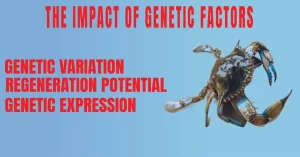
- Genetic Variation: Different crab species may exhibit varying abilities to regenerate limbs. Genetic factors influence the efficiency and speed of regeneration.
- Regeneration Potential: Certain crab species possess a higher inherent ability to regrow limbs compared to others. This ability is influenced by their genetic makeup and evolutionary adaptations.
- Genetic Expression: The expression of specific genes is responsible for the initiation and regulation of crab limb regeneration. Variations in genetic expression can lead to differences in regrowth capabilities among individuals.
Implications And Applications Of Crab Limb Regeneration
Crabs have the remarkable ability to regenerate lost limbs, allowing them to fully regrow claws after molting. This unique adaptation has implications in fields such as aquaculture and regenerative medicine.
Potential Medical Applications And Insights For Human Regeneration:
Crabs possess the remarkable ability to regenerate their lost limbs, which opens up a world of potential medical applications and provides valuable insights for human regeneration. Here are some key implications:
- Advancements in Regenerative Medicine: Studying the mechanisms behind crab limb regeneration can contribute to advancements in regenerative medicine, offering potential treatment options for humans with limb loss or injuries.
- Prosthetics and Tissue Engineering: Understanding the regenerative processes in crabs can inspire the development of improved prosthetics and tissue engineering techniques. By mimicking the natural regeneration abilities of crabs, researchers may be able to create more functional and lifelike replacements for human limbs.
- Nerve Regeneration: Crab limb regeneration involves the regrowth of nerves, blood vessels, and tissues. This process can provide insights into nerve regeneration in humans, which is crucial for treating conditions such as spinal cord injuries and peripheral nerve damage.
- Wound Healing: The regenerative abilities observed in crabs can also shed light on wound healing processes in humans. Discovering how crabs heal wounds can help researchers develop better techniques for promoting faster and more effective wound healing in medical settings.
- Stem Cell Research: Crab regenerative abilities can offer valuable insights into stem cell research. Investigating the unique characteristics of crab stem cells and their role in regeneration may lead to breakthroughs in human stem cell therapies.
Exploring The Role Of Crab Regeneration In Ecosystems:
Crab limb regeneration not only has implications for human health, but it also plays a significant role in ecosystems. Here are some important aspects to consider:
- Predator-Prey Interactions: Crab limb regeneration allows them to survive encounters with predators by sacrificing their limbs as a defense mechanism. This dynamic interaction between crabs and predators contributes to the balance of marine ecosystems.
- Population Regulation: The ability of crabs to regenerate lost limbs helps regulate their population. By enabling injured crabs to recover and survive, limb regeneration aids in maintaining stable population sizes and ecological balance.
- Nutrient Cycling: Crabs play an essential role in nutrient cycling within ecosystems. Their feeding habits and activities contribute to the breakdown of organic matter, releasing valuable nutrients back into the environment.
- Habitat Engineering: Crabs, with their regenerated limbs, actively shape their surrounding habitat. Burrowing activities and movement through sediment create burrows and channels that provide shelters for other organisms and influence the physical structure of marine habitats.
- Scientific Research: The unique ability of crabs to regrow limbs makes them excellent subjects for scientific research. Studying crab regeneration provides scientists with valuable insights into the regenerative processes, which can be applied to other organisms and contribute to our understanding of tissue regeneration in general.
Frequently Asked Questions
How Long Does It Take For Crabs To Regrow Limbs?
After a stone crab’s claw is removed and it is returned to the water, it takes about a year for the crab’s claw to regenerate through molting.
Can Crabs Survive Without Limbs?
Crabs can survive without limbs because they have the ability to shed injured legs and grow new ones.
Does It Hurt A Crab To Take Its Claw?
It’s a common misconception that it hurts a crab to take its claw, but crabs can regrow their claws.
Can Crab Grow Its Legs Back?
Yes, crabs can grow their legs back through a process called regeneration.
Conclusion
Crabs’ ability to regenerate lost limbs is truly remarkable. Many crabs have the ability to shed an injured leg and grow a new one in its place. This natural process allows them to adapt and survive in their environments. Interestingly, this regenerative capability is not unique to crabs—other animals, such as salamanders, can also regenerate lost body parts.
However, humans do not possess this ability. We can only marvel at the extraordinary regenerative abilities of these creatures. The process of regrowing limbs in crabs can take time, with molting being a crucial part of the regeneration process. After a stone crab’s claw is removed and it is returned to the water, it takes about a year for the claw to fully regenerate through several molts.

